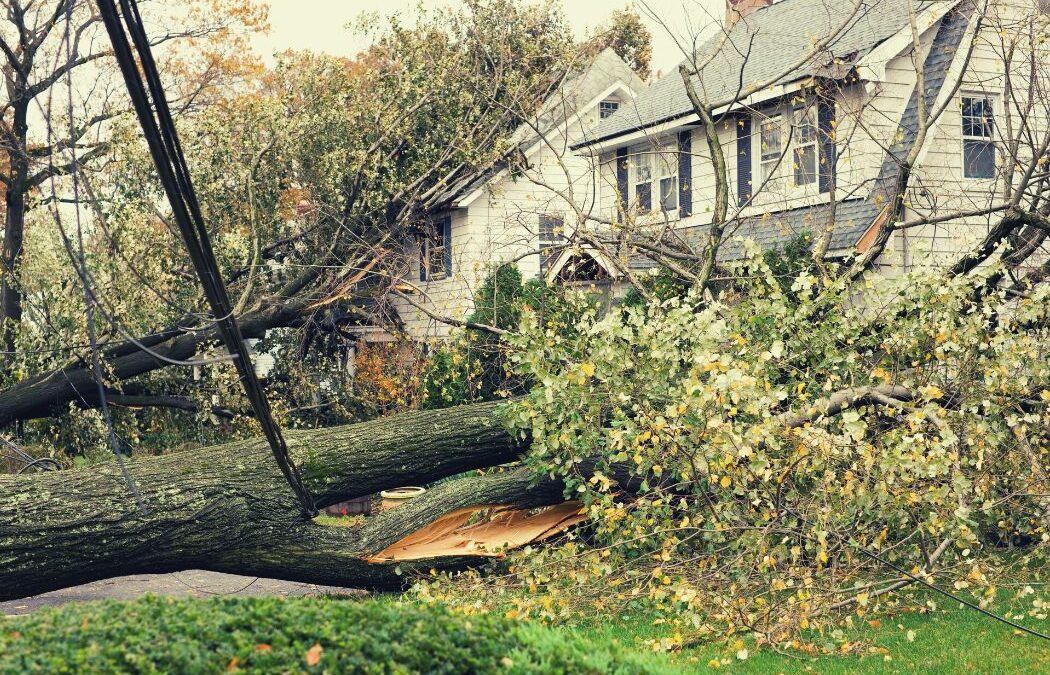Mental Health Concerns for Child Survivors of Hurricane Katrina
Fothergill and Peek (2015) spent 7 years researching a specific group of children who survived hurricane Katrina. Their findings reveal the complexity of disasters for children.
Children are subject to the vulnerabilities brought on by age, race, social class, and gender. Globally children comprise roughly 50% of people affected by disasters and suffer similar consequences regardless of where they live or what type of hazard is involved.
Mental health concerns affect children similarly corresponding with age and stage of development. However, all ages suffer from sleep disruptions and varying levels of anxiety. Spheres that intersect in children’s lives, influencing vulnerability and resilience are: family, housing, school, peers, heath, extra-curricular.
A child’s trajectory is directly connected to these spheres. Three trajectories that children experienced post-disaster were identified; declining, finding equilibrium and fluctuating.
Factors influencing how these children recover include how they were thriving or languishing prior to the event. Fothergill and Peek observe that vulnerability is cumulative with temporal and additive components, meaning vulnerability unfolds over time and is influenced by accumulating risk factors.
Children who live with multiple risk factors are subject to increased instances of emotional and mental issues, poor health and negative educational outcomes. Children who live in families that have resource depth prior to an event are better able to access necessary mitigations in times of disaster, such as; the ability to evacuate, gain stability during displacement and provide multiple supportive people and opportunities during recovery.
Fluctuations in Mental Health
Unstable housing disrupts the development of important relationships that would otherwise act as a mitigating factor for children after Katrina, and is a main contributing factor to declining trajectories.
The ability to evacuate early with a place to stay along with people they are familiar with has been identified as contributing factors to helping children achieve stability and thereby finding equilibrium.
Parents who had established relationships in other cities were better able to provide safe, stable, predictable environments supporting their children’s recovery from the disaster.
When children are experiencing difficulty in one or more spheres of influence, their trajectory is unstable and subject to fluctuation. These fluctuations have a negative effect on the child’s mental health regardless of which sphere is declining and which is excelling.
The Importance of Settling Children After a Disaster
Success in school outcomes is of particular concern, in that children who experience a disaster are at higher risk of diminished intellectual growth as a result.
Children evacuated and who were subject to unstable housing, frequent moves and lacked school participation were a couple of years behind in returning to elementary schools when they were high school age. Children who were able to establish relationships within school settings fared better academically and emotionally.
Parents with more economic resources and who were better able to settle their children soon after evacuation were also able to advocate with educators on the best school situation for their children in support of recovery.
When children have access to an advocate who can invoke the support of a larger institution, and parents who can mobilize resources and navigate networks, children are more likely to have their needs met and experience a rise in trajectory. Art and other forms of expression provide effective outlets for children when processing the big emotions associated with experiencing a disaster.
Children are often researched in the context of their families due to a perceived lack of capacity to respond to disasters, Fothergill and Peek were able to understand the immensely positive contribution many children made for younger and older people during their experience of evacuating from New Orleans.
Sheri H Easterbrook
RESOURCES
Fothergill, A., Peek, L. (2015). Children of Katrina. University of Texas Press.


